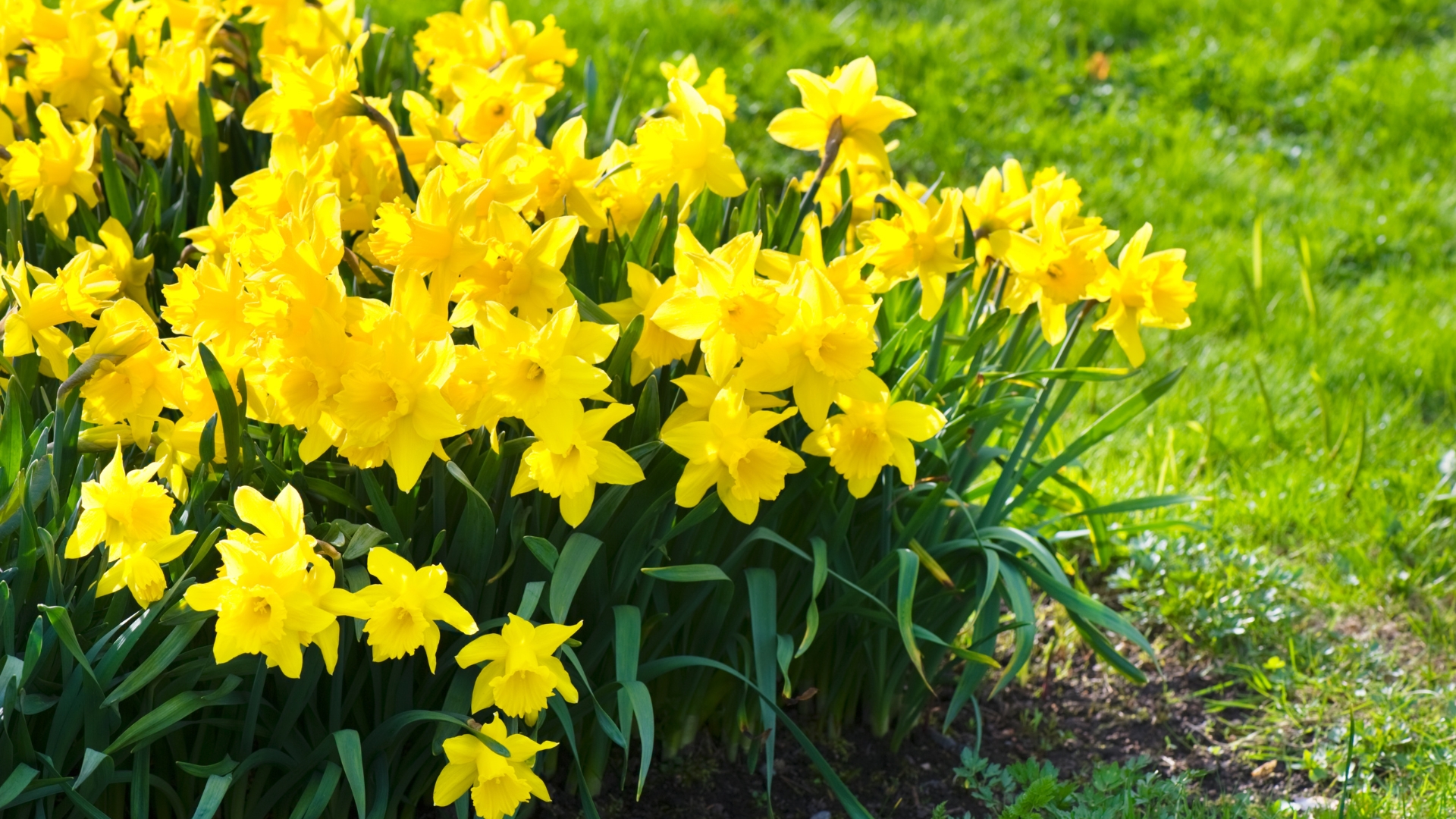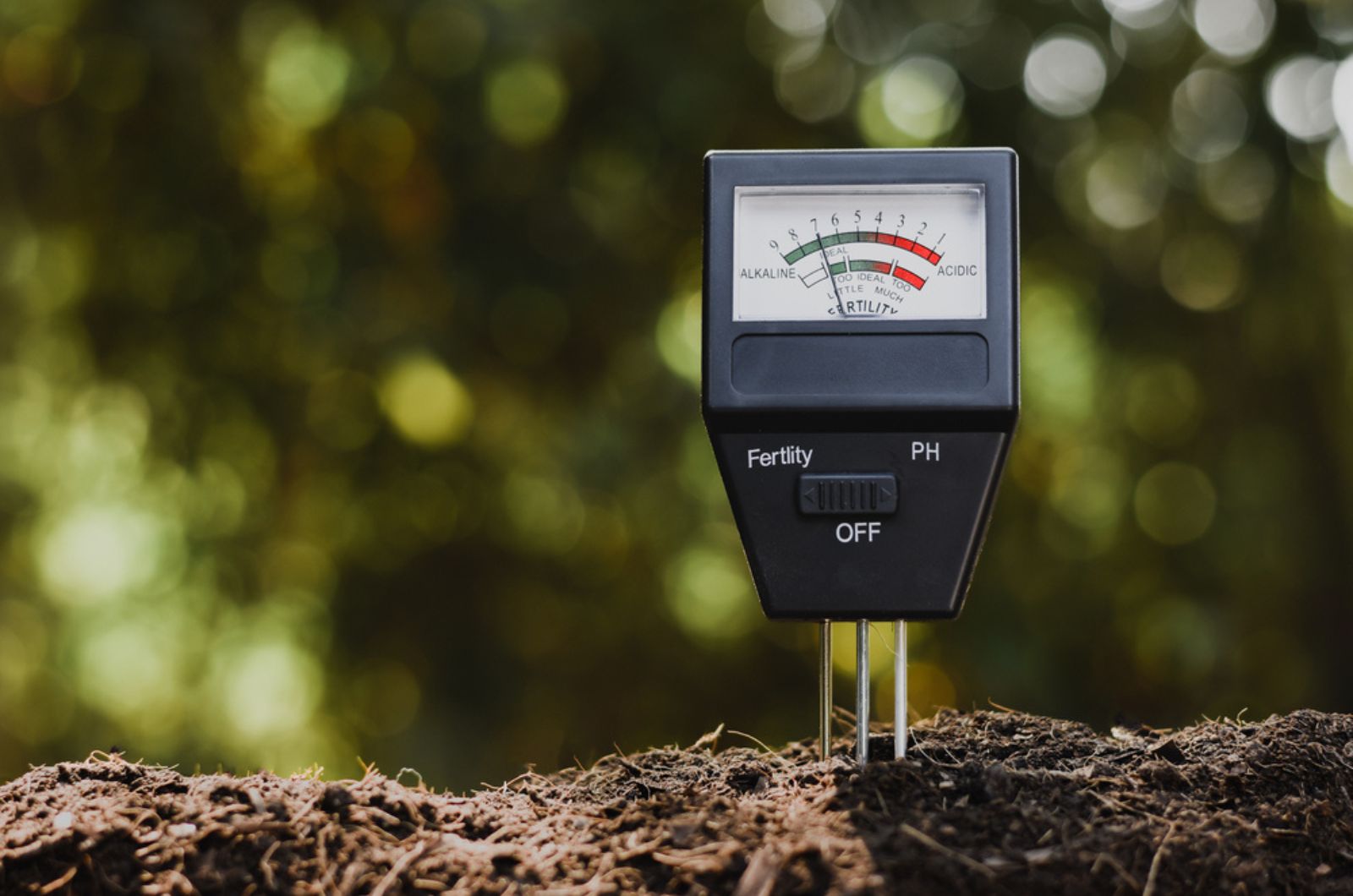Delicate daffodils adorn spring gardens worldwide and their beauty is simply incomparable. Even though daffodils aren’t considered high-maintenance plants, there are still things to pay attention to when it comes to the conditions they’re grown in.
This especially refers to the soil pH because daffodils prefer slightly acidic soil types. If you struggle with ensuring the ideal pH for these plants, you’re in the right place.
In this article, I’ll show you a kitchen scrap that’ll give your daffodils a boost!
Let’s get started!
The Secret Ingredient
You’ll hear the words coffee grounds often when talking to experienced gardeners. Believe it or not, this kitchen scrap does wonders for plants, and daffodils aren’t an exception.
They’re rich in nitrogen, which encourages leafy growth in plants and is essential for plants in early development.
It also contributes to the synthesis of chlorophyll and proteins, which happens to be essential in plant growth.
Additionally, coffee grounds contain potassium and phosphorus, so they aid in the healthy development of roots and blossoms.
Your daffodils will be stronger and generate an abundance of blossoms if you add coffee grounds to the soil.
But the story about the benefits of coffee grounds and plants doesn’t end here. This scrap can positively impact soil structure by introducing organic matter.
The roots of your daffodils will penetrate the soil more easily. Coffee grounds also enhance drainage and aid moisture retention in growing substrates. This is of great importance for your daffodils because they’re sensitive to overwatering.
Earthworms are more fond of soils amended with coffee grounds, which means you’ll have more fertile and aerated soil.
Coffee Grounds’ Acidity And Daffodils’ pH Preferences
I’ve mentioned that daffodils perform best if grown in slightly acidic soil types with a pH ranging from 6.0 to 7.0.
Despite the reduced acidity compared to fresh coffee grounds, spent coffee grounds maintain a pH level ranging between 6.5 and 6.8.
But this is a great thing because you don’t risk your soil becoming too acidic.
Before applying coffee grounds to your daffodils, I strongly advise conducting a pH test for optimal results.
They’re available in most nursery stores and are very easy to use.
If your soil is already on the acidic side, you should adjust the amount of coffee grounds you use.
How To Use Coffee Grounds For Daffodils
There are a couple of ways to add this kitchen scrap to your daffodils. The first option is to sprinkle some spent coffee grounds on the growing substrate around the base of your plants.
The layer shouldn’t be too thick or the ground will stick together, which will result in poor airflow and water not reaching the soil the way it should.
Another way to use this kitchen scrap, and probably the most popular, is to add it to your compost pile. It’ll decompose and mix with other ingredients and create a nutritious blend for your prized daffodils.
The main benefit of this method is that the soil will uptake nutrients gradually, ensuring a healthy growing process.
Finally, you can add coffee grounds to your selected mulch type. In return, they’ll help keep your growing substrate from drying and suppress weed development.
It’s important to note that coffee grounds should never be used for the seedlings of your daffodil plants. Spent coffee grounds contain a lot of caffeine, which can significantly affect the germination rate and the overall health of your seedlings.
Coffee grounds are indeed a perfect choice for daffodils, but make sure to apply them to well-established plants!




